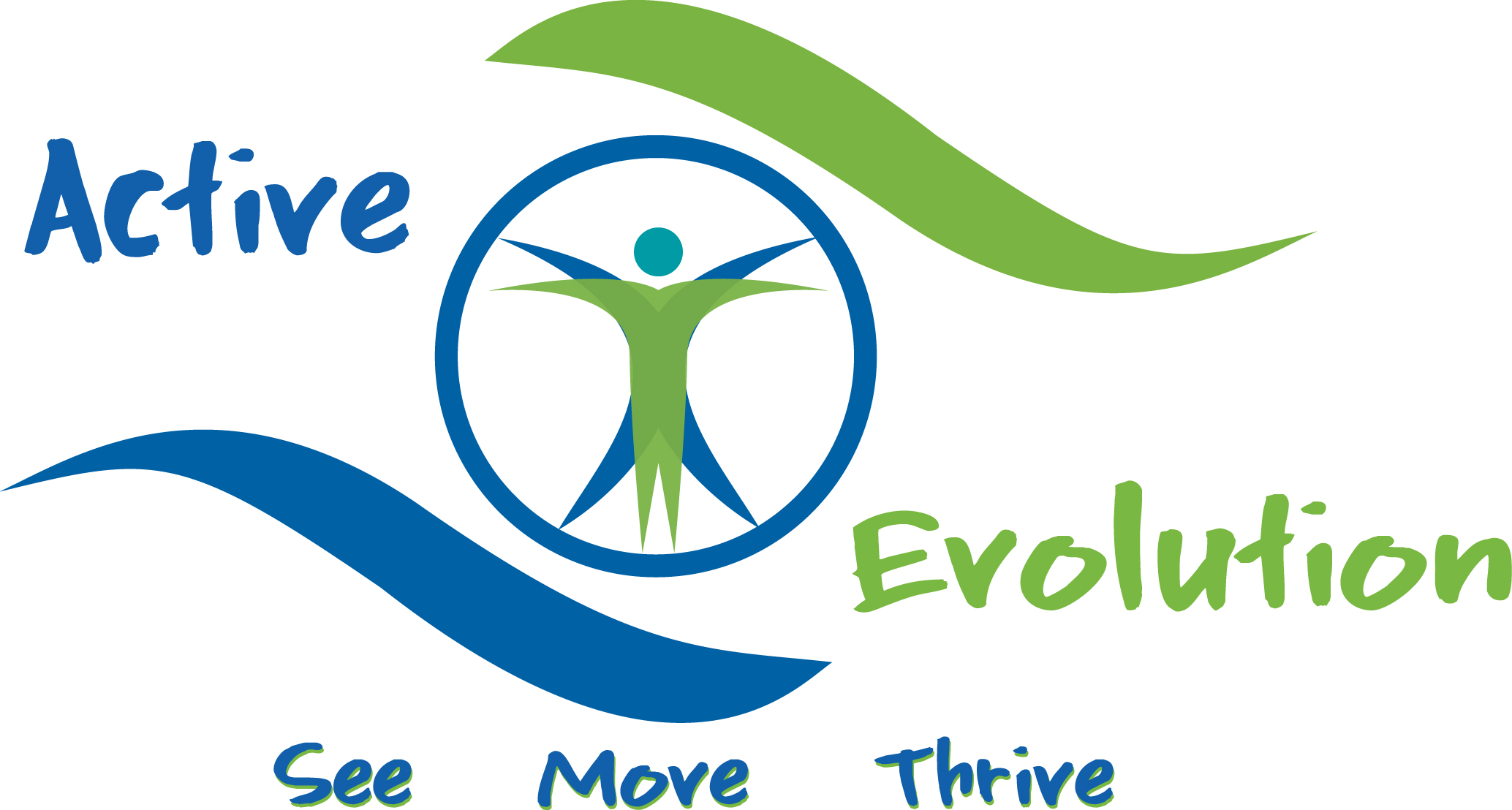Using sound waves to balance the vestibular system
A common question I ask when someone tells me they are dizzy is, “Do you feel like you are moving, or is the world around you moving?” When the answer is “I am moving” then we get the patient’s subjective response on which way they feel a sway, and then we also perform an assessment to get an objective verification of that sway. THEN, we use an app called Tone Pacer with bone conduction headphones to use sound waves to balance the vestibular system and discontinue the balance dysfunction causing dizziness.
Frequencies specific to vestibular canals are 100 Hz for the anterior canals and 500 Hz for the posterior canals. At Vision In Motion, we use an app called Tone Pacer to customize the frequencies used because we can customize it per ear. For example, if a patient demonstrates an anterior sway when the head is positioned up and to the right (left anterior canal and right posterior canal) then we will put 500 Hz on the left ear and 100 Hz on the right ear to activate the opposites of what we just saw. We always perform a dual task when using sound waves for vestibular balance, such as eye hand coordination activities, VOR exercises, and peripheral vision coordination exercises. We may do this anywhere between 5 and 20 minutes per session depending on how the patient tolerates this type of treatment.
Breakdown:
If there is an anterior sway, that means the side the anterior canal activated is overactive. This is why we would apply posterior frequencies to this canal; balance. The same concept is taken if there is a posterior sway and we need to apply anterior frequencies.
Using sound waves to balance the vestibular system Read More »

